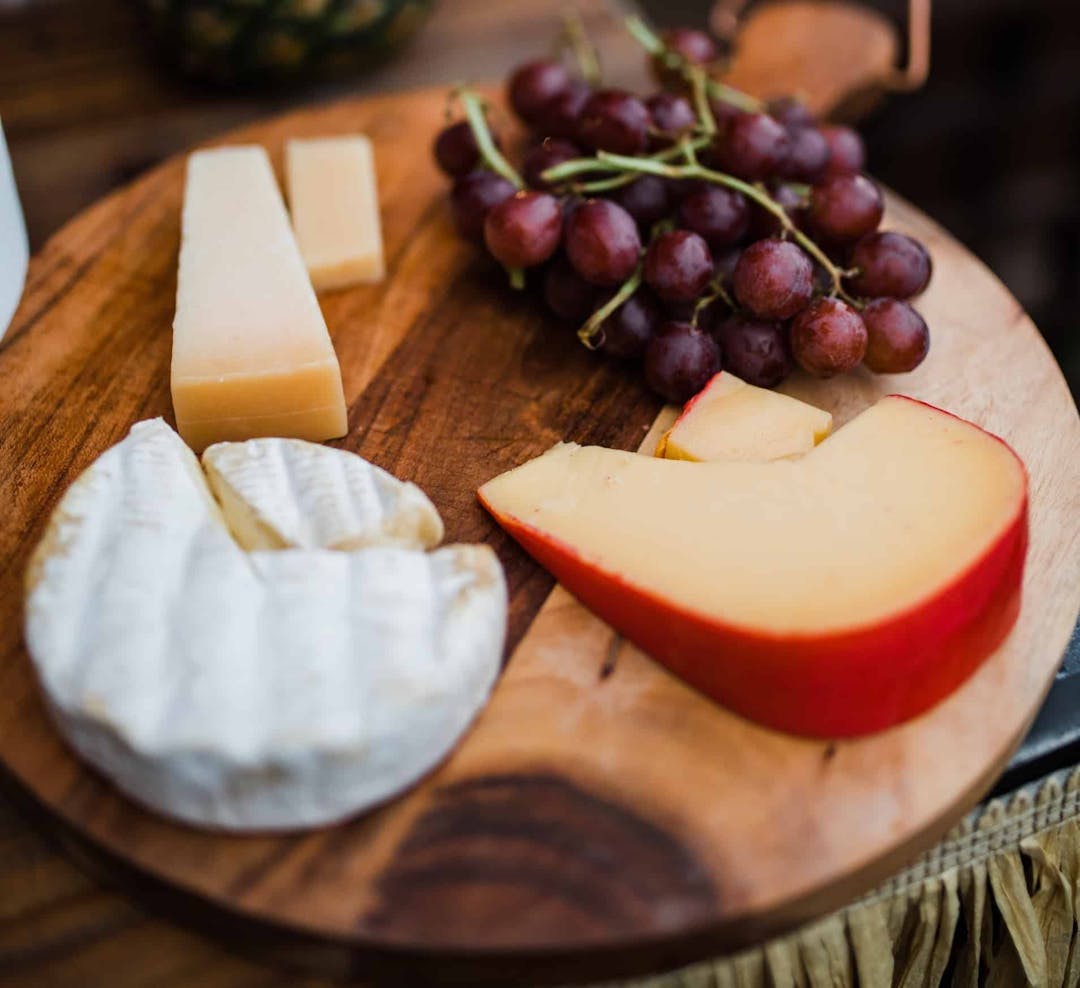


Find foods you can eat.
Add Variety to a Low FODMAP Diet
Published on May 21, 2021Guest blog post on how to add variety to a low FODMAP diet, written by registered dietitian nutritionist, Antonella Dewell.
If you have been following the low FODMAP diet for a while, you may be wondering how to add variety to a low FODMAP diet instead of eating the same foods over and over. Working with clients with IBS, I often notice they are afraid to try new foods (even low FODMAP ones) or like to keep their meal planning easy. This is quite understandable!
Why add variety to a low FODMAP diet?
When you limit your food choices, you may become bored or feel deprived and give up on the diet too quickly, not giving it a chance to help you find relief from your IBS symptoms. A lack of variety may also lead to missing important nutrients like fiber and calcium. It’s not so great for your good gut bacteria either; they love to eat a variety of plant foods.
Most importantly, eating should be enjoyable, tasty, and fun. Just because you are reducing FODMAPs, it doesn’t mean you can’t add variety to your low FODMAP diet!
How to add variety to a low FODMAP diet
Though it feels restrictive, the low FODMAP diet doesn’t actually exclude any food group. You can eat fruit, vegetables, grains, beans and lentils, nuts and seeds, dairy products, and, of course, eggs, poultry, fish, and meat.
Think of it as a swapping game, where you exchange a high FODMAP food for a low FODMAP one. You may not be able to eat mangoes, but you can have kiwi and pineapple. Skip the asparagus but choose green beans instead. Swap cashews with walnuts or almonds. Choose a sourdough bread instead of regular wheat bread. And so on…
Here are 5 ways to add variety to a low FODMAP diet. If you’re just getting started on a low FODMAP diet, check out our introduction to FODMAPs and a low FODMAP diet.
1. Eat the Rainbow
It’s easy to eat the same thing on a low FODMAP diet. Do you find yourself always topping your morning cereal with banana slices? Are tomatoes and cucumber your go-to vegetables? There are so many other fruits and vegetables to choose from and it is definitely possible to eat the colors of the rainbow on a low FODMAP diet. Among the fruit, there are citrus, melons, berries, and some tropical fruit. You can have orange-red veggies like carrots and red bell peppers, leafy greens like kale, chard and collard greens, roots vegetables like potatoes, parsnips and celery root, summer and winter squashes, and even some broccoli and red, green or savoy cabbage. Low FODMAP portion sizes are important for many of these, so please be sure to check the Monash App.
2. Vary your grains
Are you eating rice all the time? If so, there are many other low FODMAP grain options that you can eat! Try swapping rice with quinoa (yellow, red, black, or a combination – so colorful!) or millet. They both cook the same way and take the same amount of time. Or use buckwheat noodles as a base for your stir-fries. Replace your gluten-free flour with oat flour in muffins, pancakes or waffles. Try a sourdough spelt bread for your sandwiches and toasts.
3. Don’t forget the legumes
Yes, you can have (some) beans and lentils on a low FODMAP diet! This is where most people are really afraid to go, as beans have a reputation for being “gassy”. As long as you keep your portions to those specified by Monash University, you can still likely eat them without fear of symptoms. I love to roast chickpeas with spices and use them as a crunchy topping for salads or as a snack. Lentils can be added to a beef or turkey chili. Edamame is a great addition to stir-fries, grain salads and a quinoa tabbouleh and makes a delicious snack. Find low FODMAP legume brands with the Fig app.
4. Don’t skip the dairy aisle
Remember that the low FODMAP diet is not a dairy-free diet, just a low-lactose diet. There are so many different cheeses to choose from (as discussed in a previous post) as well as lactose-free milk, yogurt, kefir, cream cheese and even ice cream! If you can’t eat dairy for other reasons (such as a dairy allergy), there are many non-dairy milks (almond, hemp, oat, rice) that can work well for cereal, lattes, or any recipe calling for cow’s milk. Coconut yogurt can work as a snack topped with fruit or to make into a parfait. Find low FODMAP dairy products with the Fig app.
5. Embrace the unfamiliar
Ever heard of rutabaga? Kohlrabi? Choy sum? These are vegetables you can enjoy on a low FODMAP diet! If you come across something you’ve never heard of before (or haven’t had a chance to try), first check it on the Monash app or the FODMAP Friendly app. If it is low FODMAP, give it a try. You may discover a new favorite.
Rutabagas are great roasted together with other root vegetables like parsnips and carrots. Kohlrabi makes delicious low FODMAP chips in the oven or air-fryer. I recently found Dragon fruit at my local store and was amazed at how sweet it is which makes it ideal for smoothies or as a topping for lactose-free or coconut yogurt. Looking for a change from your usual hot cereal, try teff, a nutty tiny grain that makes a delicious porridge. If you are used to snacking on almonds, try hazelnuts, walnuts, or pecans. Or mix up a few different seeds (pumpkin, sunflower, sesame, hemp, chia, flax) and use them as a topping for oatmeal, yogurt or granola. Just always remember to check serving sizes!
Bonus Tip: Spice things up to add variety to a low FODMAP diet!
Using fresh or dried herbs and spices is a great way to add variety to a low FODMAP diet. They don’t just add flavor and transform otherwise bland dishes but have nutritional benefits as well. Rosemary and oregano are great for roasting potatoes and other root vegetables and for marinating poultry and meat. Mint and parsley add a vibrant punch to grain salads. Basil is wonderful on pasta or a caprese salad. Cilantro can give the final touch to tacos and chili. Many Asian (Thai, Indian or Chinese) dishes also use this herb under the name “coriander”.
Finally, don’t forget: the low FODMAP elimination diet is only temporary (2-6 weeks). Once your symptoms have reduced considerably, it’s time to move on to the reintroduction phase and find out what your triggers are. Then, you will be able to expand your diet even more. Happy eating!
Have you tried the Fig app? It’ll show you thousands of products and restaurant menu items that are likely low FODMAP.
 Low FODMAP Cheese
Low FODMAP Cheese Low FODMAP Label Reading
Low FODMAP Label Reading